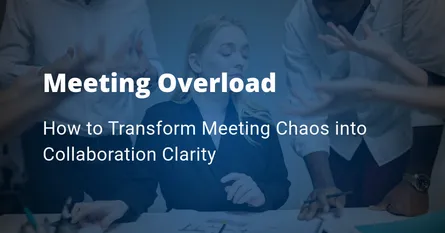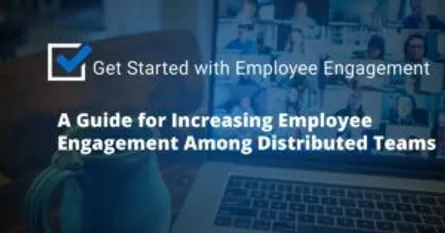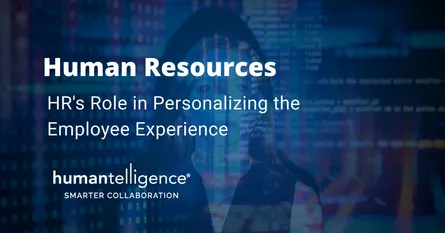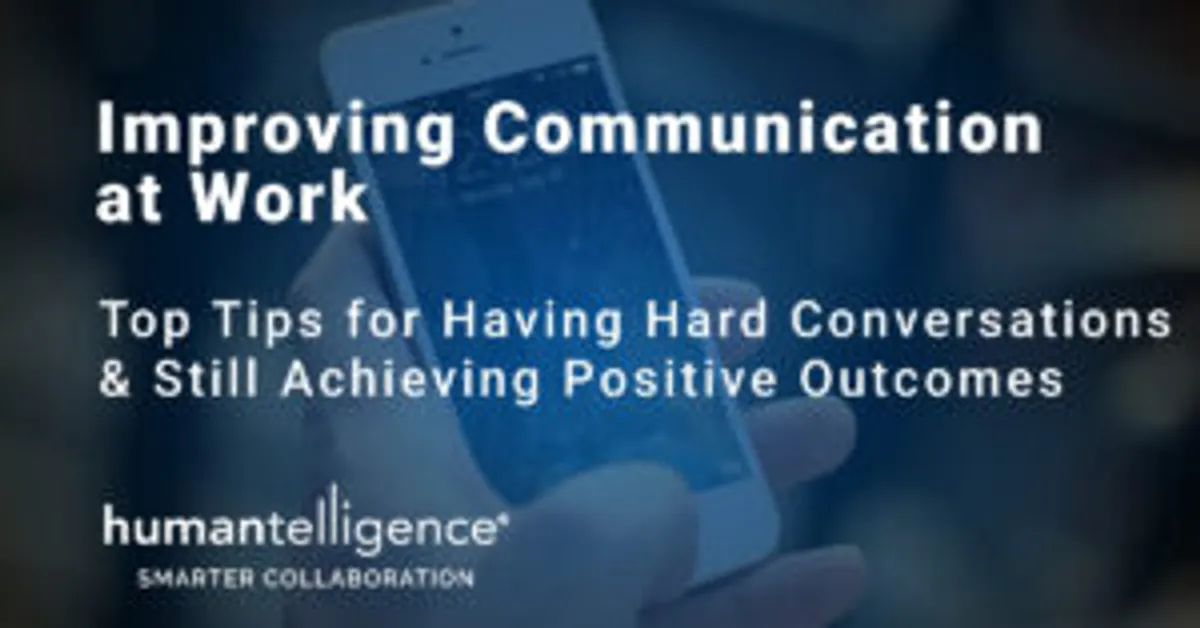
How to Improve Communication for Better Work Relationships
- Admin
- Collaboration
- 15 Aug, 2023

Just like any good friendship, marriage, or courtship, when things are good, they’re good because the communication is there. The communication is open communication – meaning each person has a chance to share opinions, ideas, complaints, questions, or feedback and is treated respectfully after doing so. You problem solve together and work through an issue. It’s no different at work.
Open communication is one of the easiest ways to build strong relationships in the workplace. The key is to make frequent, robust, personalized communication simply a part of the way you do business. The problem is, when things get stressful, overwhelming, or hard, we tend to retreat into defensive, one-way, transactional, or no communication at all. Here, we’re sharing the 7 most important tips for improving communication at work so you can build quality relationships that can lead to better collaboration, problem solving, and workplace performance – for everyone!
1. Resist the Urge to Avoid
Did you know, a whopping 70 percent of employees avoid difficult conversations in the workplace? Further, according to Officevibe, an online platform that helps managers cultivate stronger, healthier relationships, “nearly 1 in 4 employees do not feel that their manager is aware of employee pain points.” Bravely calls it the conversation gap, and it can lower morale and often forms the foundation for a toxic work environment.
Biting your tongue and dodging long-deferred, important conversations may hurt more than just company relationships; it may adversely impact productivity and profits.
According to Forbes, avoiding difficult conversations can actually lead to dysfunction and lack of performance. A major study found that employees spend an average of 2.8 hours a week dealing with conflict, which amounts to roughly $359 billion in workforce costs. Even if it’s uncomfortable, open conversations addressing difficult situations are important for our well-being and mental health, as well as for fostering stronger relationships and teams at work.
2. Improving Communication at Work by Assuming Nothing
You know what they say about assuming things! So as hard as this may be, come into the conversation with a clear head and an open mind. Giving the conversation’s participants the benefit of the doubt will help prevent them from getting defensive, which of course, will make the conversation even more difficult.
This is an opportunity to practice compassion. Ask questions about people’s experiences and listen to what they say. Important things will be said and the better you listen, the better the people having the conversation will listen to each other. We all want to be heard and recognized, and this approach will put you in the right mindset to more effectively listen to your colleagues, even when it’s things that are hard to hear.
3. Focus on Facts & Behaviors
It’s easy to point fingers and place blame based on your perceptions and implications. Try to confront behavior, not your assessment of their behavior. Using inferences like “irresponsible” or “not a team player” causes defensiveness and makes success less likely.
You must ask yourself, “What is the evidence for my inference?” Use the following kind of language conventions to stick to behaviors: “When you do X, it causes me to think you are Y.” Plan before and maybe even practice so you keep your composure.
In the process, take responsibility for anything you can directly — helping to mitigate against any backlash or intense feelings by letting the other person know you understand your part in the problem.
4. Use GRIT for Improving Communication at Work
No, not grit…but GRIT: Generosity, Respect, Integrity and Truth.
According to Laurie Sudbrink of Unlimited Coaching Solutions, “No one likes to be confronted. Most appreciate being helped. When engaging in a conversation to help, our intent will come from a better place. We won’t feel like we’re confronting the person, and our disposition aligns more naturally. I find it helpful to have an opening statement that portrays my intent. And then commit to being fully present and helpful throughout the dialogue.”
5. Focus on Value & Impact
Confrontation suggests meeting someone face-to-face with hostile intent. Examine what your true intent is, and ask yourself, how can this conversation create value for me, for the other person, and for the organization?
To prevent them from getting defensive, try using the framework of: Situation, Behavior, Impact. For example, you were in a meeting (the situation; your manager yelled at you and pounded her fist on the table (behavior); and it made you question your ability to do your job (the impact.) When you talk to them, put it in the construct of “when you do this, this is how it affects me.” It doesn’t necessarily have to be how it made you feel. Some of the impacts can be “I didn’t understand where you were coming from,” or “I didn’t fully understand the point you were trying to drive home.”
6. Bring Solutions Not More Problems
Move the conversation in a positive direction by bringing suggestions of how to remedy the situation, bringing forth options for how to achieve that. By doing that, you won’t be looked at as complaining but rather, problem solving. It also demonstrates that you respect their time since they probably have limited bandwidth to address this.
7. Prepare, Plan, and Make Tech Your Friend
Role play, or at minimum, putting yourself in the other’s shoes is an effective way to prepare for and practice tough or potentially uncomfortable conversations. Write down what you want to say and be clear on the goal of the conversation — what do you want someone to leave with? as an “a-ha” or action item?
Rehearsing what and how you want to say something will help you keep the conversation direct and on track — avoiding distraction and saying hurtful things that may cause further issues or conflict.
Further, this is where technology can come in to help. The basis for many interpersonal conflicts at work is poor communication; and poor communication often results from misunderstanding or a lack of truly understanding your conversation counterpart.
If you had personality insights for the person with whom you’re communicating, you’d be able to take a more custom approach to the conversation. Whether it be in video meetings, on the phone, via email, or chat, you could have the kind of information needed to better communicate and collaborate with one another right at your fingertips – taking all of the guesswork out of it.
Here’s how it works. Every team member takes a scientifically validated, 12-minute personality assessment. The plug-in then delivers those insights through the tools you use everyday: think tools like Microsoft Teams, Outlook, Gmail, calendars, Zoom, Slack, Webex, and more.
When drafting an email, chatting with a colleague, or joining a meeting, this plug-in automatically surfaces useful, customized tips for more effective communication with peers. Imagine being able to click on meeting participants and see real-time tips and recommendations for communicating, motivating, and influencing. Imagine seeing this same information in aggregate for your meeting group. Imagine knowing who best to tap for helping leading certain initiatives while identifying those better suited to support, and who might benefit from a heads up on particular messages — all of which take into account your team members’ behaviors, motivators, and work energizers in an easy-to-understand way.
As a team leader, you’re able to lay a strong foundation for more inclusive and efficient communication and for team members, along with:
- Creating more balanced, diverse & agile teams
- Optimizing team members’ impact by tapping into the unique behaviors, motivators & work energizers of each person.
- Experiencing the increased productivity that comes from improved team effectiveness.
As a team member, you’re able to:
- Gain deeper understanding of one another, allowing better connection and ability to work through conflict
- Create deeper, more meaningful connection that translates into more effective collaborations and higher quality relationships at work
- Feel more engaged in your daily work
When you know others’ behaviors, motivators, and work energizers, along with preferences and tendencies related to communication, learning, and influencing, you can better craft your delivery — taking their style into consideration before you engage – customizing that difficult conversation in ways that increase your chances of a positive outcome.
The Benefits of Improving Communication at Work
Thankfully, improving communication at work, while an effort, is entirely possible, and the result is positive relationships. Building great work relationships can do wonders for your career and daily work life. Here are just a few benefits:
- Increased job satisfaction. People often quit jobs or leave entire industries due to bad colleagues or managers. But when you build strong relationships, you can find purpose in your work all over again.
- Less discomfort and uncertainty during meetings. In an unhealthy workplace, people are afraid to speak up. But, with the help of good work relationships, you’ll feel empowered to share your ideas.
- More support from your colleagues. Work can be stressful. You’ll need moral and practical support when times get tough. Good work colleagues will step up for you when you ask, and you’ll do the same for them.
If these benefits don’t convince you to start improving communication at work, then not much else will! Improving communication at work and building good work relationships can take hard work. It requires time, patience, and self-awareness. But putting in the effort and leveraging technology to help will help you feel more connected to your colleagues and increase your overall job satisfaction. Learning how to build rapport is often the first step to building strong relationships.
Humantelligence can help do this for you and your teams. Let’s get started.

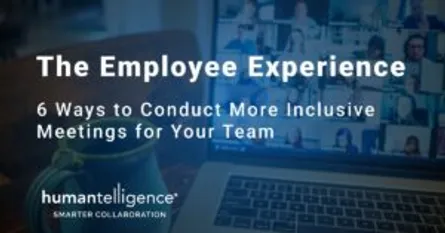
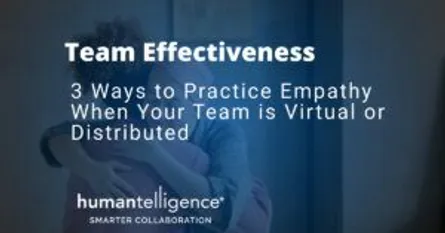
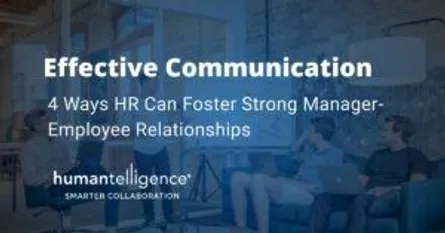


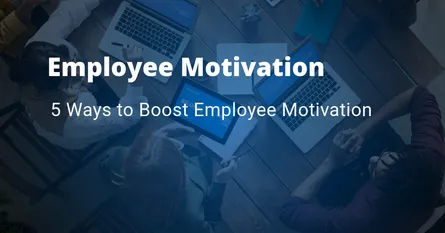



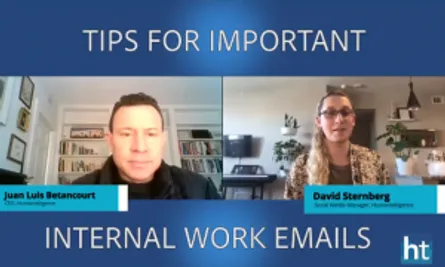

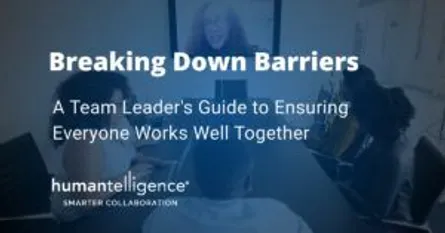
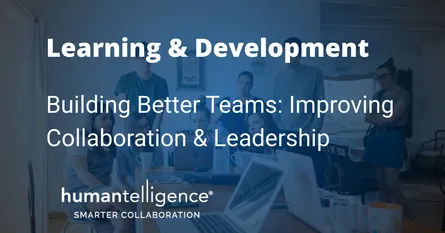

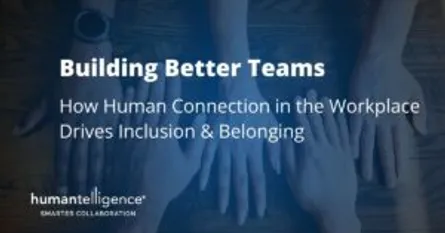
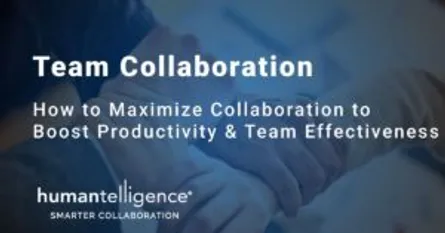
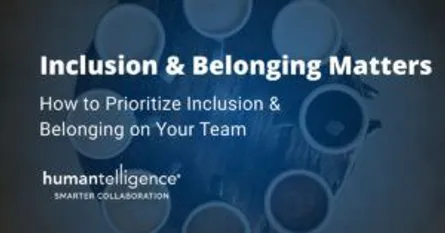


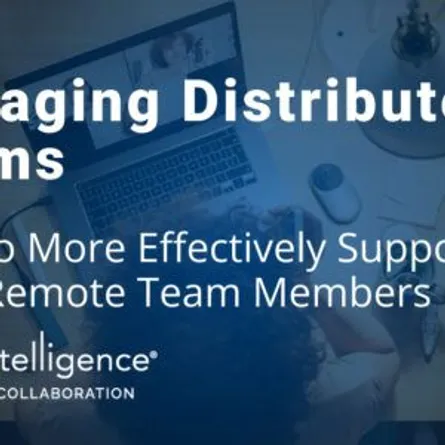
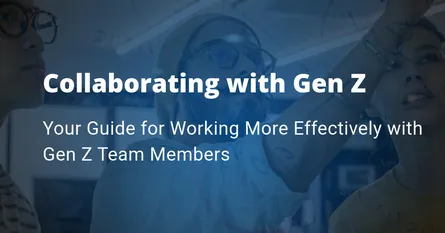
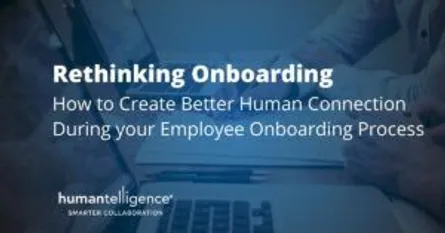


-Low-Quality.DNBpXyLx_1VXSiM.webp)
.CiqwvMOO_A63sY.webp)
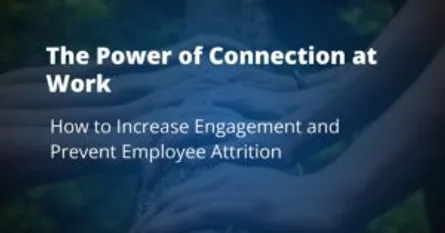
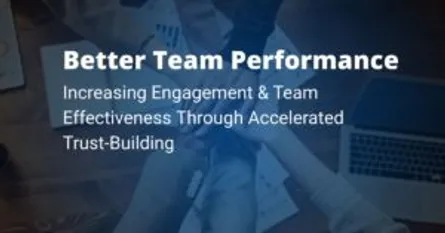
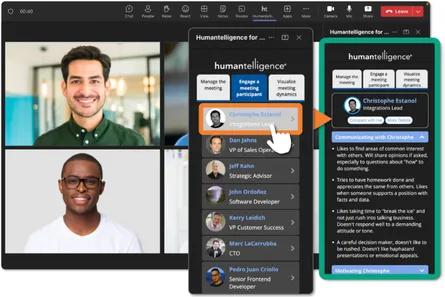

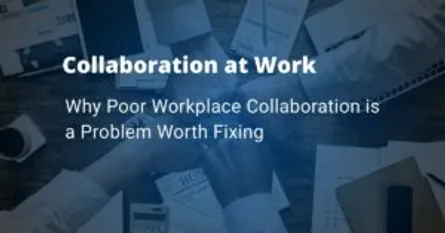
-Medium-Quality.ZFp5mEuF_Z13ebXJ.webp)
